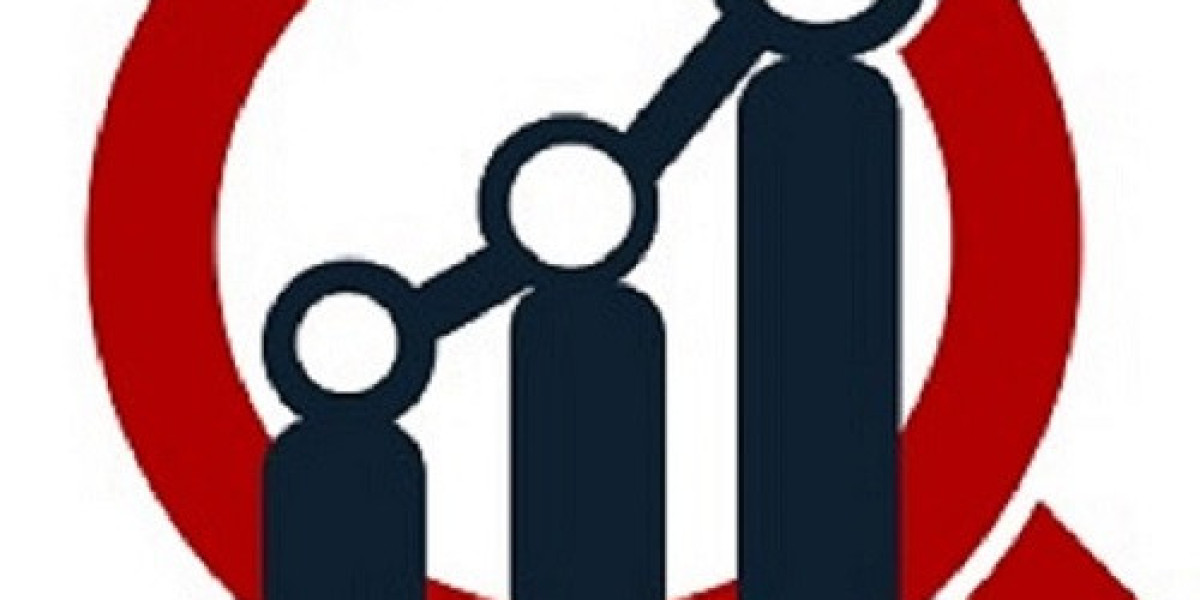Understanding Smart Locks
Introduction
Smart locks have emerged as a transformative element in modern security systems, allowing users to control access to their homes, offices, or properties without traditional keys. By leveraging wireless connectivity, mobile apps, and biometric technology, smart locks provide convenience, enhanced safety, and integration with broader smart home or office ecosystems.
Smart Lock Market Size was valued at USD 1,326 Million in 2023. The Smart Lock industry is projected to grow from USD 1532.85 Million in 2024 to USD 4887.2 Million by 2032, exhibiting a compound annual growth rate (CAGR) of 15.60% during the forecast period (2024 - 2032).
These innovative devices are reshaping how we secure entry points, adding layers of control and intelligence previously unavailable with mechanical locks.
Key Features of Smart Locks
- Keyless Entry: Access via smartphones, PIN codes, biometric scans, or RFID cards.
- Remote Access: Lock or unlock doors from anywhere using mobile applications.
- Integration with Smart Home Systems: Compatible with Alexa, Google Assistant, Apple HomeKit, and more.
- Temporary Access Codes: Grant limited-time access to guests, service personnel, or deliveries.
- Activity Logs: Track who enters and when via real-time notifications.
- Tamper Alerts: Notify users of unauthorized attempts or break-ins.
Benefits of Smart Locks
- Enhanced Convenience: Eliminate the need to carry physical keys or manage spares.
- Greater Control: Manage access from remote locations or set user-specific permissions.
- Increased Security: Multi-factor authentication and monitoring add protection layers.
- Easy Installation: Many smart locks retrofit existing deadbolts with minimal hardware changes.
- Integration Capabilities: Seamlessly work with video doorbells, alarm systems, and security cameras.
Segments of the Smart Lock Market
- By Product Type
- Deadbolt Smart Locks
- Lever Handle Smart Locks
- Padlocks
- Mortise Smart Locks
- By Communication Protocol
- Bluetooth
- Wi-Fi
- Z-Wave
- Zigbee
- NFC
- By Authentication Method
- Keypad Code
- Biometric (Fingerprint, Facial Recognition)
- Smartphone App
- RFID Cards
- By Installation Type
- Retrofit
- Replacement
- By Application
- Residential
- Commercial
- Industrial
- Government Institutions
- Hospitality
- By Distribution Channel
- Online Retail
- Offline Retail (Home Improvement Stores, Security Retailers)
Future Outlook
As the demand for smart homes and connected living environments grows, smart locks are expected to become more intuitive, secure, and widely adopted. Future developments may include AI-powered behavior prediction, enhanced cybersecurity features, and improved interoperability with other smart devices. The trend toward contactless solutions, driven by health and safety concerns, will further accelerate smart lock adoption in both residential and commercial sectors.
Get Related Reports:







